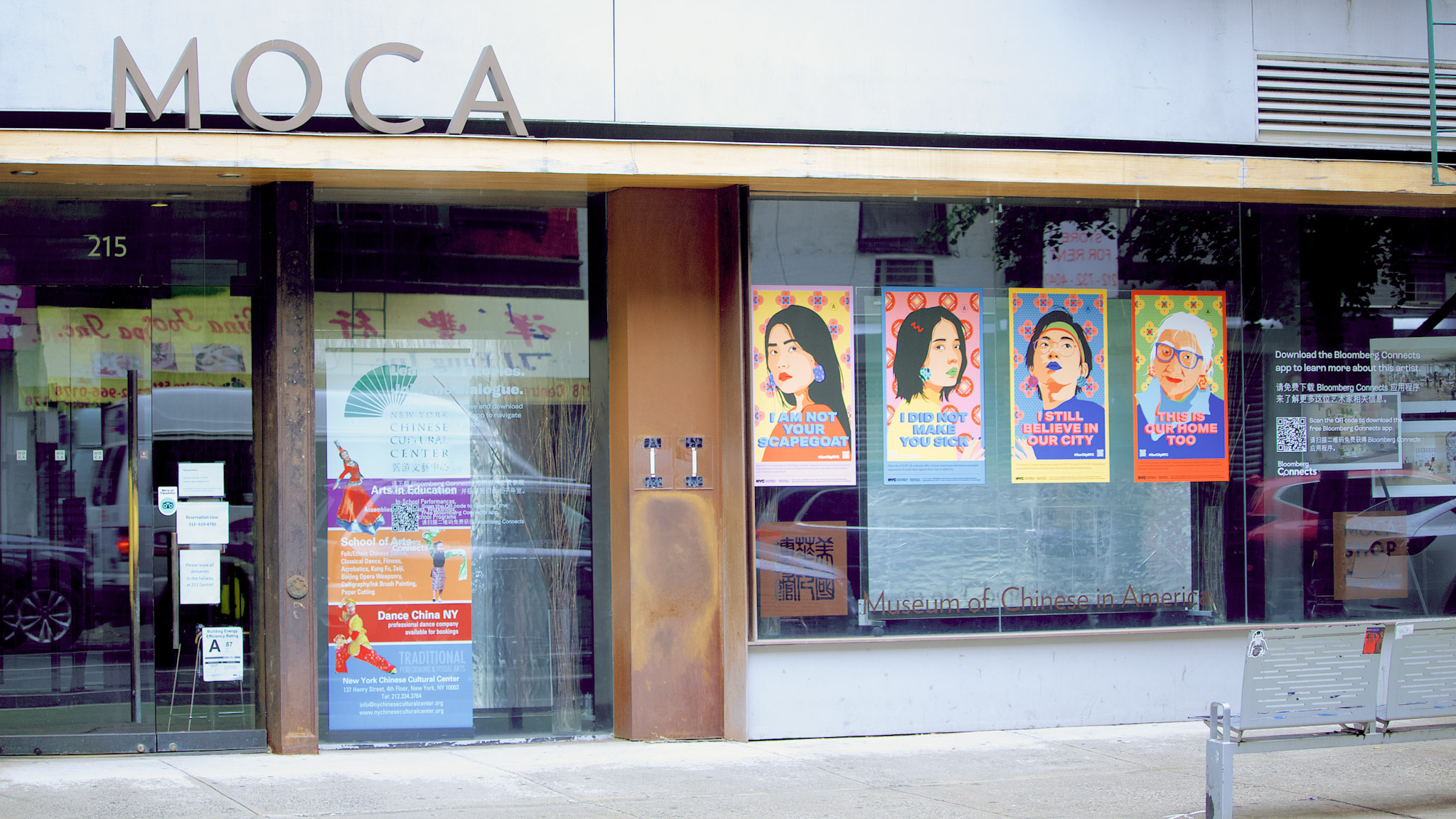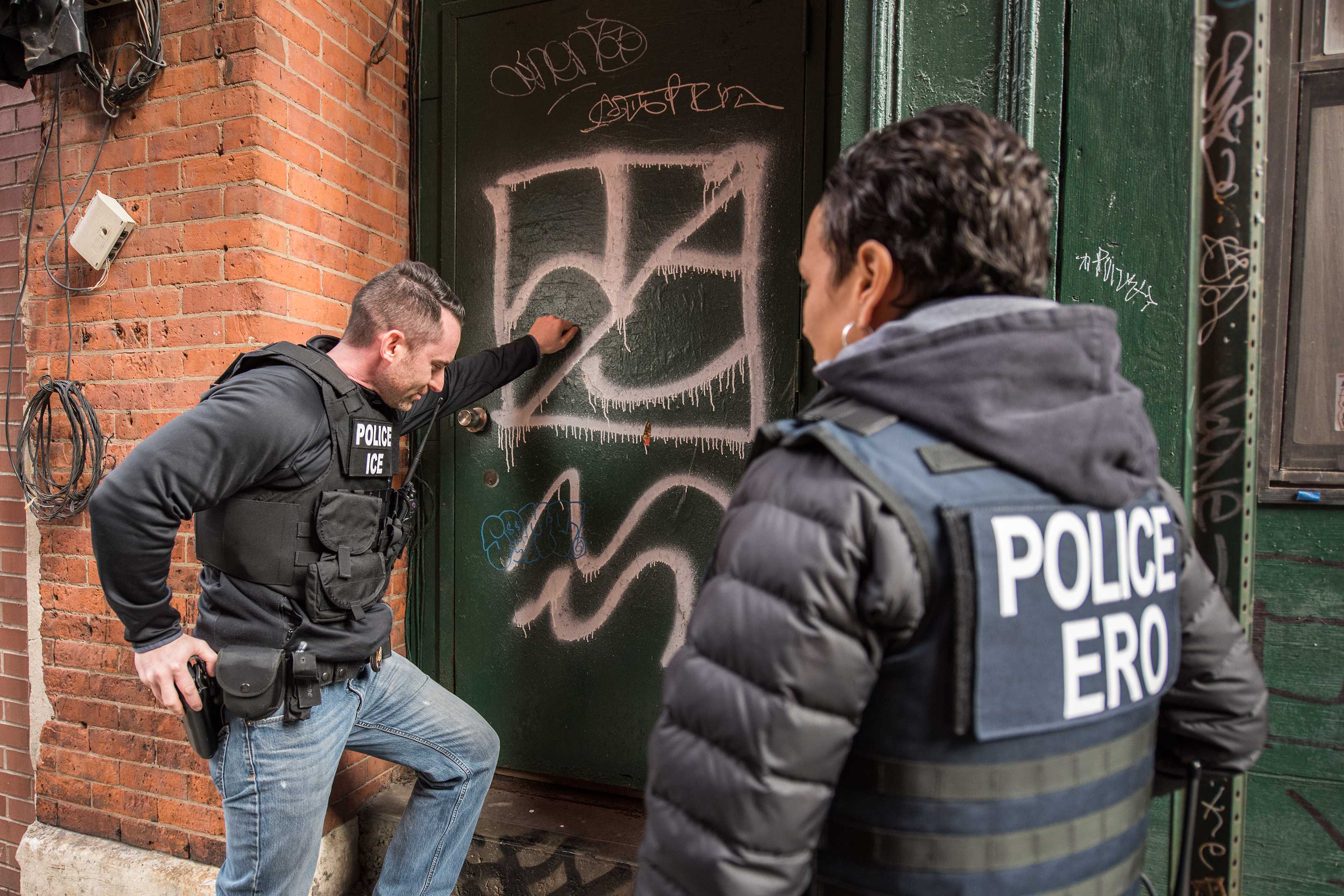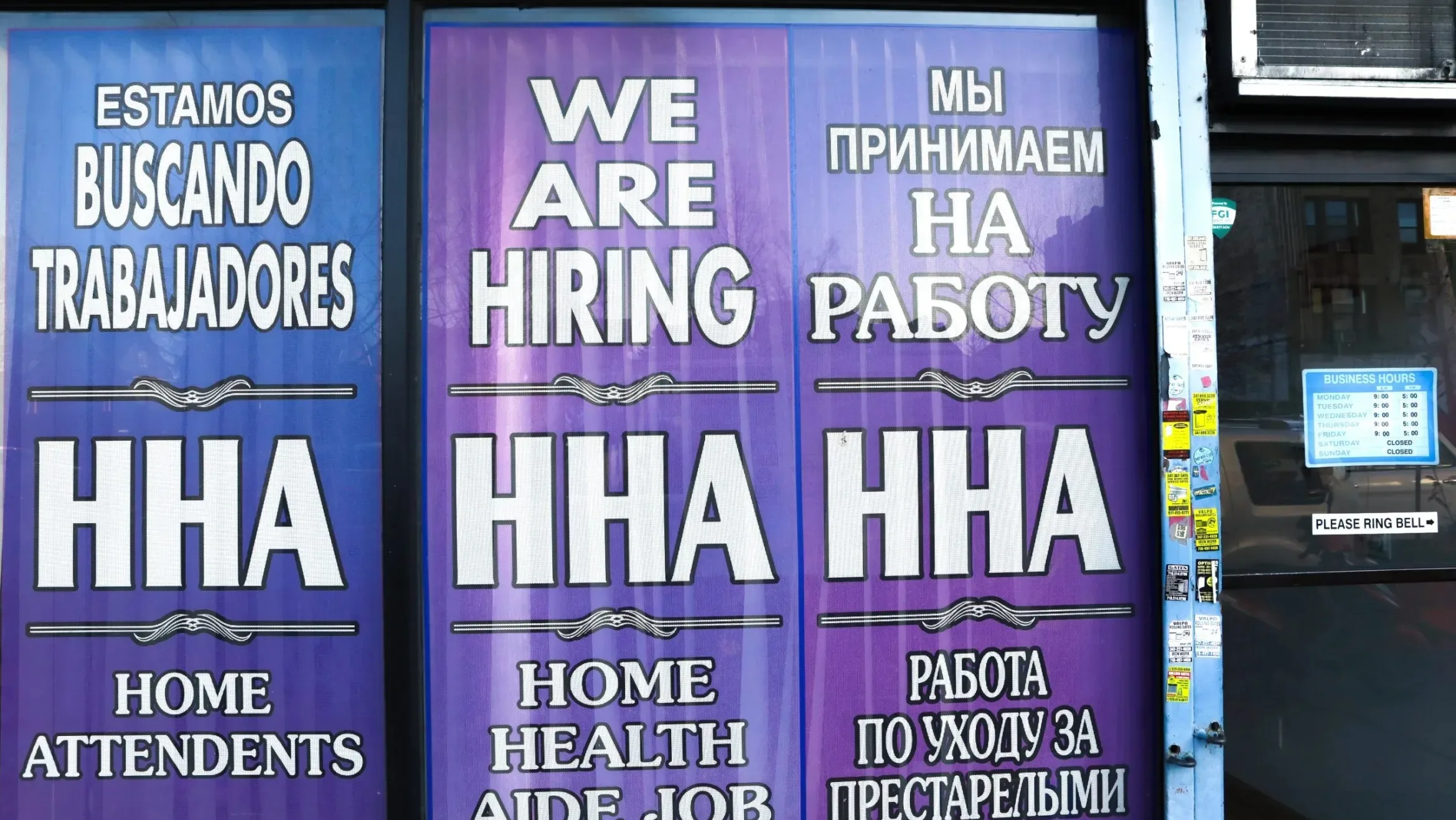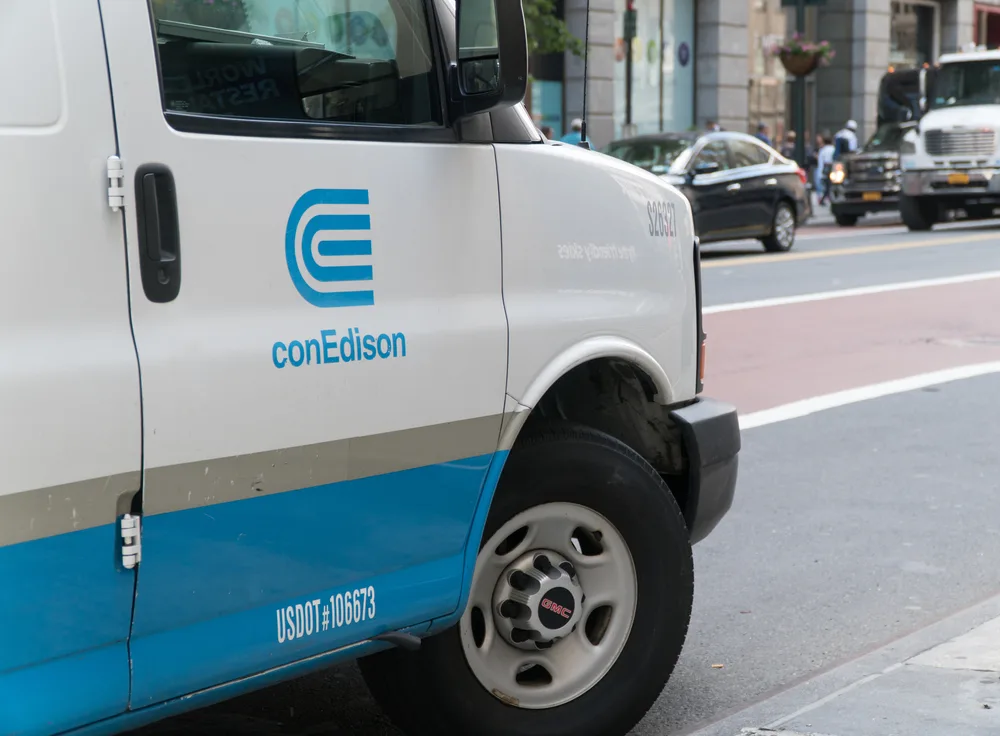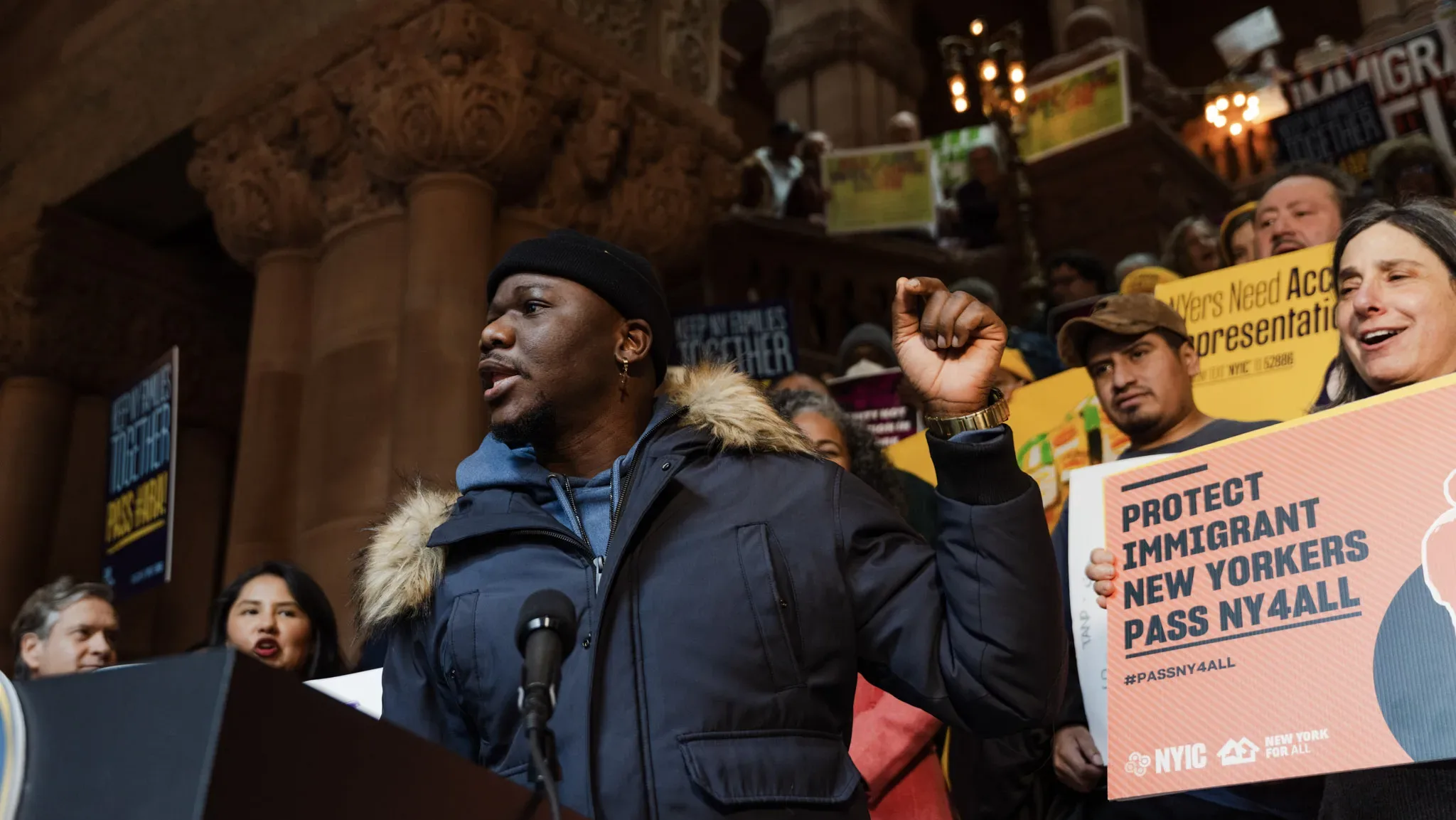中文版阅读:美国华人博物馆探讨如何庆祝亚太裔传统月
The Museum of Chinese in America has been resisting the treacherous waters of criticism and a harrowing fire that attempted, albeit unsuccessfully, to swallow it. For Asian American and Native Hawaiian/Pacific Islander (AANHPI or AAPI) heritage month, I spoke with Herb Tam, the curator and director of exhibitions at MOCA about how the museum has been rethinking its future and operations; the recent controversy regarding MOCA receiving $35 million as part of the City’s plan to build a jail in Chinatown; special programming to celebrate the month; and his recommendations for people from a different community to know more about the AAPI community.
Also Read: Where to Celebrate AAPI Heritage Month Events in New York
Fisayo Okare: How are you observing AAPI Heritage Month this year?
Herb Tam: It’s funny because I feel like every day for us is AAPI Heritage Month. But definitely, we’re planning special programming this month. We just opened an exhibition in Flushing about the meaning, role and importance of Chinese food in Chinese American culture — ongoing until September. It highlights stories of chefs we interviewed from all over the country. I wasn’t sure how audiences in Flushing would take to the show but people have been coming. There’s a younger audience in Flushing that you don’t normally get in Manhattan’s Chinatown; that’s been nice.
If given the opportunity to celebrate AAPI Heritage Month with someone from a different community, where would you take them?
If I was going to introduce people to our culture, one of the first things I would say is music. On May 12, there will be an AAPI festival in Bryant Park. We’ll host a listening session of vinyls from the ’70s and ’80s, mostly from Hong Kong, and it’s part of MOCA’s collection of Chinese American history.
What in particular would you want to show that person about your culture?
The complexity of the identity. When people see “AAPI,” it may seem like they’ve been lumped together like one racial group. Some might wonder: Why are these groups celebrating a month together? Good question. These groups historically have been marginalized in similar ways. Some challenges are very specific to all of us as a group, even though separately, culturally, and experientially, we’re quite different.
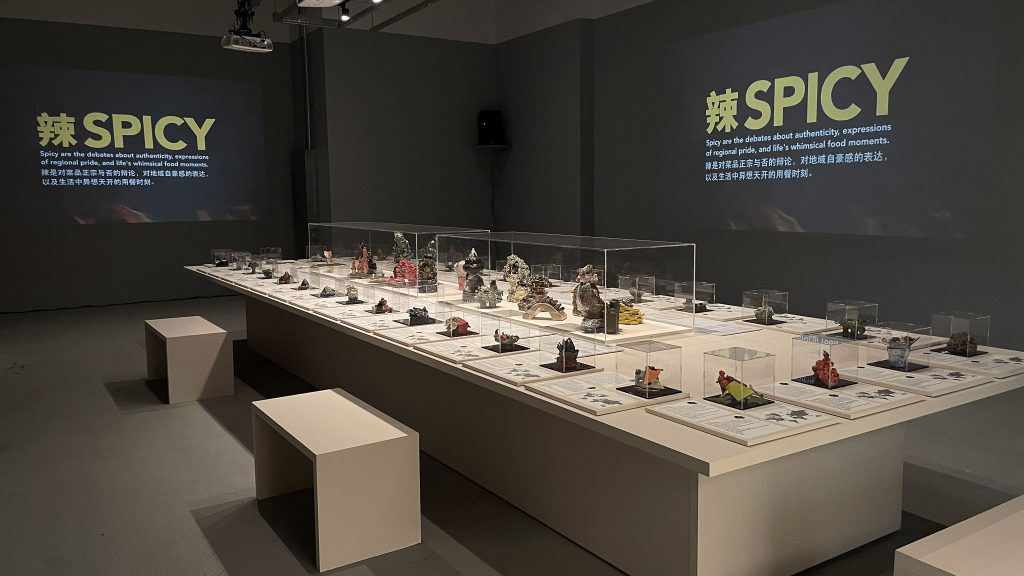
In 2021, protesters asked MOCA to return a $35M grant from the City. The City gave the funds as a concession and community investment due to opposition from advocates and Chinatown residents against the proposal to close Rikers Island jail complex and build four new jails, including one in Chinatown. MOCA did accept the funding but disputed the narrative stating that it couldn’t have rejected vital City funding awarded for its operations “just because MOCA disagrees with City Hall regarding the jail.” Critics questioned who the museum serves and represents. Since then, how has MOCA tried to resolve that fundamental question?
The exhibition right now in the Chinatown location is called “Responses: Asian American Voices Resisting the Tides of Racism.” It wasn’t necessarily a response to our critics, but I think that’s what we’re focusing on in terms of the protest; what we know we have to do is return to our roots to think about our core audiences from the neighborhood and being part of the Asian American experience.
MOCA and people who might be protesting have things in common and I think a lot of it relates to understanding that the history is under-acknowledged, under-represented, and this is something that MOCA needs to be doing more of. Not only MOCA, I think it’s up to a lot of us to tell stories that educate and support each other. With that exhibition, we took a step towards that.
What makes this observation of AAPI month at MOCA different from previous years?
There’s been so much attention on Asian Americans over the last few years because of the peak of anti-Asian hate during the pandemic and because of the strides that generations of people have been making towards more visibility and representation. We’re seeing a flowering of this culture. Unlike before, we don’t feel like we’re the only organization that cares and is presenting the culture.
What message would you like to share with other AAPI individuals?
We should all be people that think about each other, our differences, and similarities. We should all be hopefully working towards a future where we all have fair and equal opportunities across different fields.
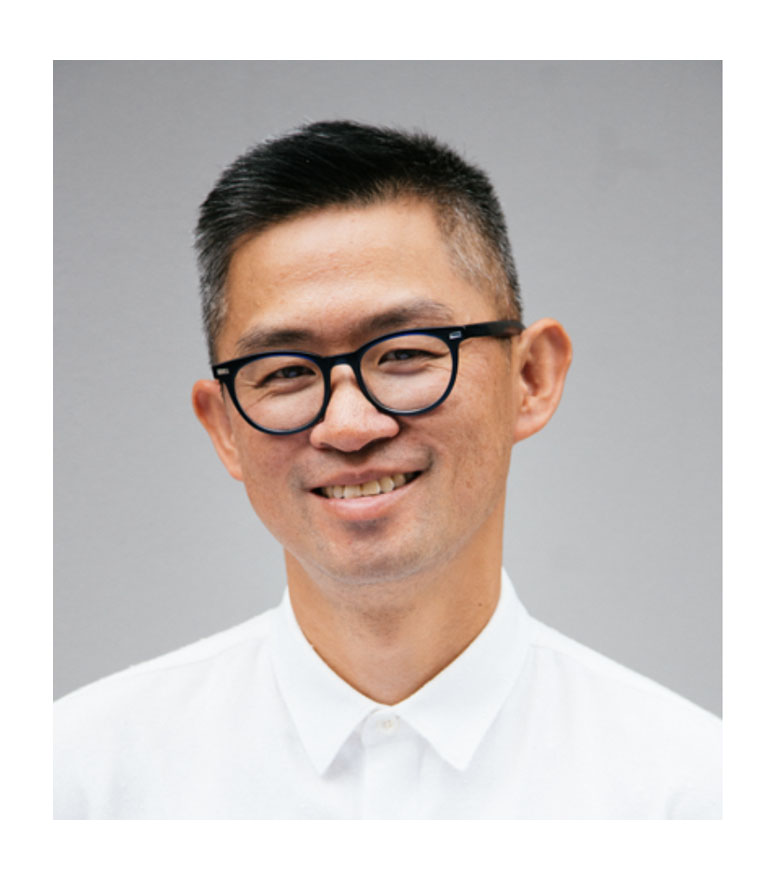
Photo: Courtesy Herb Tam
Over the years, what has changed in the way visitors to MOCA engage in a dialogue or interact with the institution about their identities?
Like other museums, we had to do things online and be creative in the way we engage with our audiences during the pandemic. We found that people were really hungry to connect around a shared Asian American identity.
Now that we are physically open, and given people went through so much with the pandemic and businesses suffered, we have to rethink how we are a space for the community in this new context in which people are literally afraid to be on the streets, in subways and afraid to be called the “China virus.” We decided to stop charging admission fees so that people not only felt it was a safe space but that there’s less of a barrier.
What do you hope for audiences to appreciate through the exhibitions showing this month at MOCA?
What we eat, the music we listen to, the way we put on our clothes, the daily things we take for granted should be seen and respected as part of what makes us who we are.
Do you have recommendations for books or movies about AAPI culture to share with people?
Jessica Hagedorn’s “Dogeaters” is a great example of the power of Asian American culture. It is self-critical, self-effacing, and proud, at the same time of one’s culture. For films, Ang Lee’s “Pushing Hands,” “Eat Drink Man Woman” are great introductions into the generational differences and tensions within Asian American families.
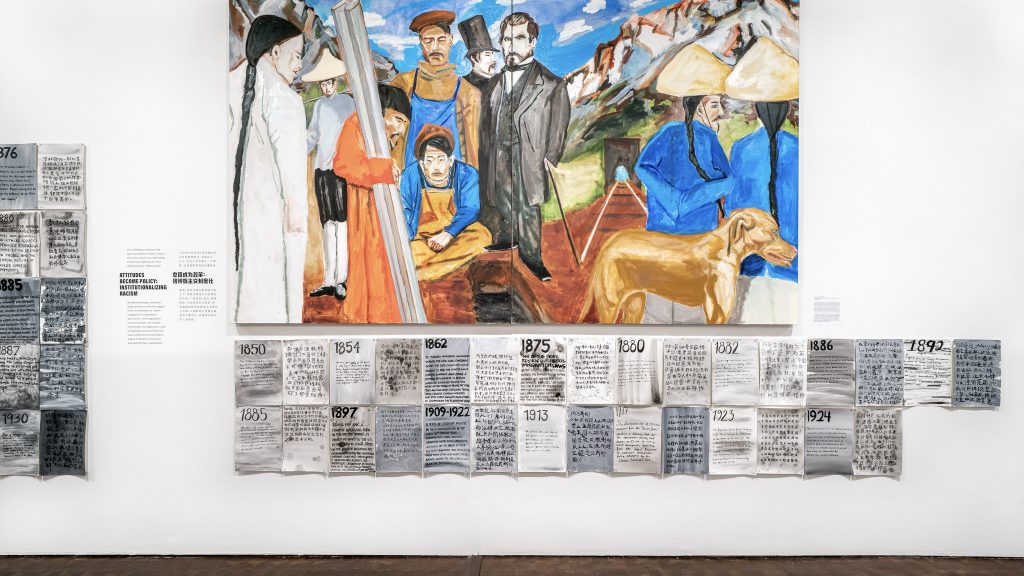
New York City is among the cities with the biggest Chinese community in the U.S. What do you think attracts people from the community here?
Chain migration is a big factor. The education system draws younger Chinese to study here; many wind up staying and building on the Chinese community here. People come for blue collar jobs too; I think the economics still make sense for Chinese or other diasporas to come. There are jobs paying better than in China, for example. There’s also business opportunities; people invest in real estate here.
People wouldn’t be here if they couldn’t survive and see a future in which their families would be sustainable living here. Also, with many Chinese communities here, it’s easier for newcomers to feel less alone.
Also Read: Immigrant New Yorkers Unite to Save Chinatown Institutions and Demand Better Labor Standards
What are your plans with future exhibitions?
Nothing is set in stone right now. But we’re thinking about an exhibition focusing on MOCA’s history. We thought it would be important to help people remember what we’re doing and why it matters. I can’t really talk about other projects because we’re still working through it.
This interview has been edited for clarity and length.
